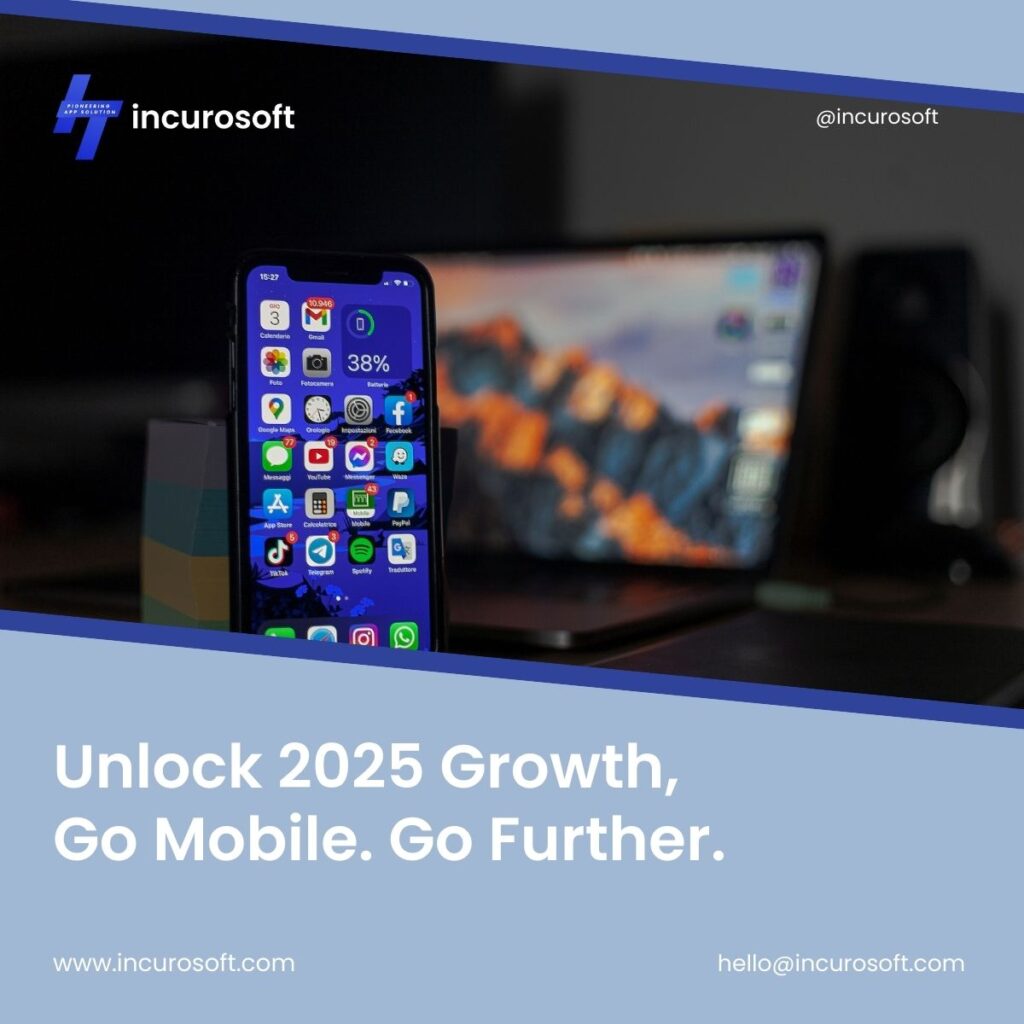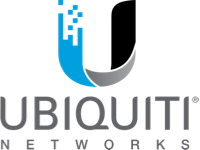The internet is evolving – from Web 1.0’s static pages to Web 2.0’s social and interactive platforms. Now, we’re stepping into Web3, an era defined by decentralization, blockchain, and user empowerment.
But what does this mean for the future of mobile apps, which dominate how people connect, shop, work, and entertain themselves? Let’s dive into what’s next.

What is Web3?
Web3 is the next generation of the internet, powered by:
Decentralization: Data is not controlled by one company but distributed across blockchain networks.
Tokenization: Digital assets, NFTs, and cryptocurrencies give users ownership.
Smart Contracts: Automated, trustless agreements running on blockchain.
Privacy & Security: Users control their own identities and data.
In short, Web3 shifts power from corporations to users.
Why Mobile Apps Are Key to Web3
Over 6.9 billion people use smartphones globally, making mobile apps the most natural entry point to Web3.
Crypto Wallets on Mobile: Apps like MetaMask or Trust Wallet let users store and transact digital assets.
NFT Marketplaces: Mobile-first platforms where users buy, sell, or showcase NFTs.
DeFi Apps: Mobile decentralized finance apps allow lending, borrowing, and trading without banks.
Play-to-Earn Games: Web3 games reward users with crypto or NFTs directly on their phones.
Mobile apps are the bridge between mainstream users and the decentralized world.
How Web3 is Changing Mobile App Development
Decentralized Data Storage: Instead of cloud servers, apps can use IPFS or blockchain-based storage.
Built-in Crypto Payments: Seamless transactions using tokens instead of credit cards.
Identity Management: Users own their login credentials via blockchain, reducing reliance on Google/Facebook sign-ins.
Smart Contract Integration: Apps run trustless transactions without third parties.
This means developers must think differently about design, monetization, and security.
Real-World Examples
StepN: A move-to-earn app that rewards users with crypto for walking or running.
Axie Infinity: A mobile-first blockchain game using NFTs.
Brave Browser: Mobile browser rewarding users with crypto tokens for watching ads.
Audius: A decentralized music streaming app where artists control earnings.
These apps show how Web3 mobile experiences are already disrupting traditional industries.
The Challenges Ahead
While promising, Web3 mobile apps face hurdles:
App Store Policies: Apple & Google still control distribution.
User Experience: Blockchain wallets and gas fees can be confusing.
Scalability: Current blockchain networks struggle with speed and transaction volume.
Regulation: Governments are still defining laws around crypto and digital assets.
Overcoming these challenges will decide how fast Web3 mobile apps go mainstream.
The Future: What’s Next?
We can expect:
Super Wallet Apps: One app for payments, identity, gaming, and NFTs.
Cross-Chain Apps: Mobile apps that work across multiple blockchains.
Metaverse on Mobile: Web3-powered virtual worlds accessible directly on smartphones.
Community-Owned Apps: Users not only use apps but also own stakes in them via tokens.
“The future of mobile apps isn’t just mobile-first—it’s Web3-first, where users own their data, identity, and digital experiences.”
Final Thoughts
Web3 and mobile apps together are reshaping the digital landscape, putting power back into the hands of users. For businesses and developers, this is an opportunity to create apps that are:
More transparent
More user-centric
More future-proof
The future isn’t just mobile-first—it’s Web3-mobile-first.












